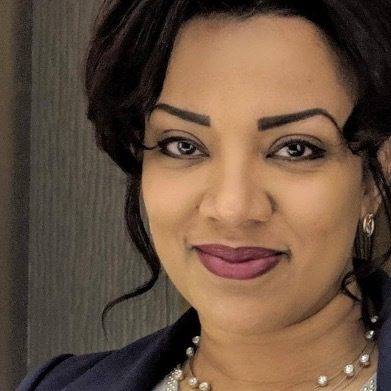This post is part of an ongoing blog series where Scaled Agile Partners share stories from the field about using Measure and Grow assessments with customers to evaluate progress and identify improvement opportunities.
One of our large financial services clients needed immediate help. It was struggling to meet customer demands and industry regulations and needed to align business priorities to capacity before it was outplayed by competitors. The company thought the answer would be to invest in business in Agility practices. But so far, that strategy didn’t seem to be paying off.
Teams were in constant flux and the ongoing change was causing unstable, unpredictable performance. The leading question was, “How can we get more output from existing capacity?”
Among the client’s key challenges:
- No visibility into common patterns across teams
- Inspect-and-adapt data was stuck in PowerPoint and Excel
- Output expectations didn’t match current capacity
- Teams weren’t delivering outcomes aligned to business value
Getting a baseline on team health
We introduced the AgilityHealth® TeamHealth Radar Assessment to the continuous improvement leadership team, and it decided to pilot the assessment across the portfolio. Within a few weeks after launching the assessment, the organization got a comprehensive readout. It identified the top areas of improvement and key roadblocks for 90+ teams.
These baseline results showed a lack of a backlog, not to mention a lack of clarity around the near-term roadmap. Teams were committing to work that wasn’t attached to any initiatives and the work wasn’t well-defined. Dependencies and impediments weren’t being managed. And the top areas of improvement matched data collected during inspect and adapt exercises over the previous two years. Even though the organization had previously identified these issues, nothing had been done to resolve them, as leaders did not trust the data until it came from the voice of the teams via AgilityHealth.
The ROI of slowing down to speed up
Equipped with this knowledge, leaders took the time to slow down and ensure teams had what they needed to perform their jobs efficiently. Leaders also developed a better understanding of where they needed to step in to help the teams. The organization re-focused efforts on building a sufficient backlog, aligned with a roadmap, so teams could identify dependencies earlier in the development lifecycle.
This intentional slow-down drove a return on investment in less than a year and $6M in cost savings—equivalent in productivity to the work of five extra teams—while generating an additional $25M in value for the company.
By leveraging the results of the AgilityHealth assessment, leaders now had the data they needed to take action:
- A repeatable process for collecting and measuring continuous improvement efforts at the end of every planning increment (PI)
- Clear understanding of where teams stood in their Agile journey and next steps for maturity
- Comprehensive baseline assessment results showing where individual team members thought improvement was needed, both from leaders and within their teams
What’s next
An enterprise transformation doesn’t stop with the first round of assessments. Like other Fortune 500 companies, this client plans to continue scaling growth and maturity across the enterprise, increasing momentum and building on what it’s learned.
The company plans to introduce the Agility Health assessment for individual roles, so it can measure role maturity and accelerate the development of Agile skills across defined competencies. It will continue to balance technical capacity with an emphasis on maintaining stable, cross-functional teams since these performance metrics correlate to shipping products that delight customers and grow the business. And to better facilitate “structural agility” (creating and tracking Agile team structures that support business outcomes), it will focus on ensuring the integrity of its data.
Get started
You too can leverage AgilityHealth’s Insights Dashboard to get an overall view of your organization’s Agile maturity: baseline where you are now, discover how to improve, and get to where you want to be tomorrow. Get started by logging into the SAFe Community and visiting the Measure and Grow page.
About Sally

Sally is a thought leader in the Agile and business agility space. She’s passionate about accelerating the enterprise business agility journey by measuring what matters at every level and building strong leaders and strong teams. She is an executive advisor to many Fortune 500 companies and a frequent keynote speaker. Learn more about AgilityHealth here.
Share:
Back to: All Blog Posts
Next: 8 Patterns to Set Up Your Measure and Grow Program for Success